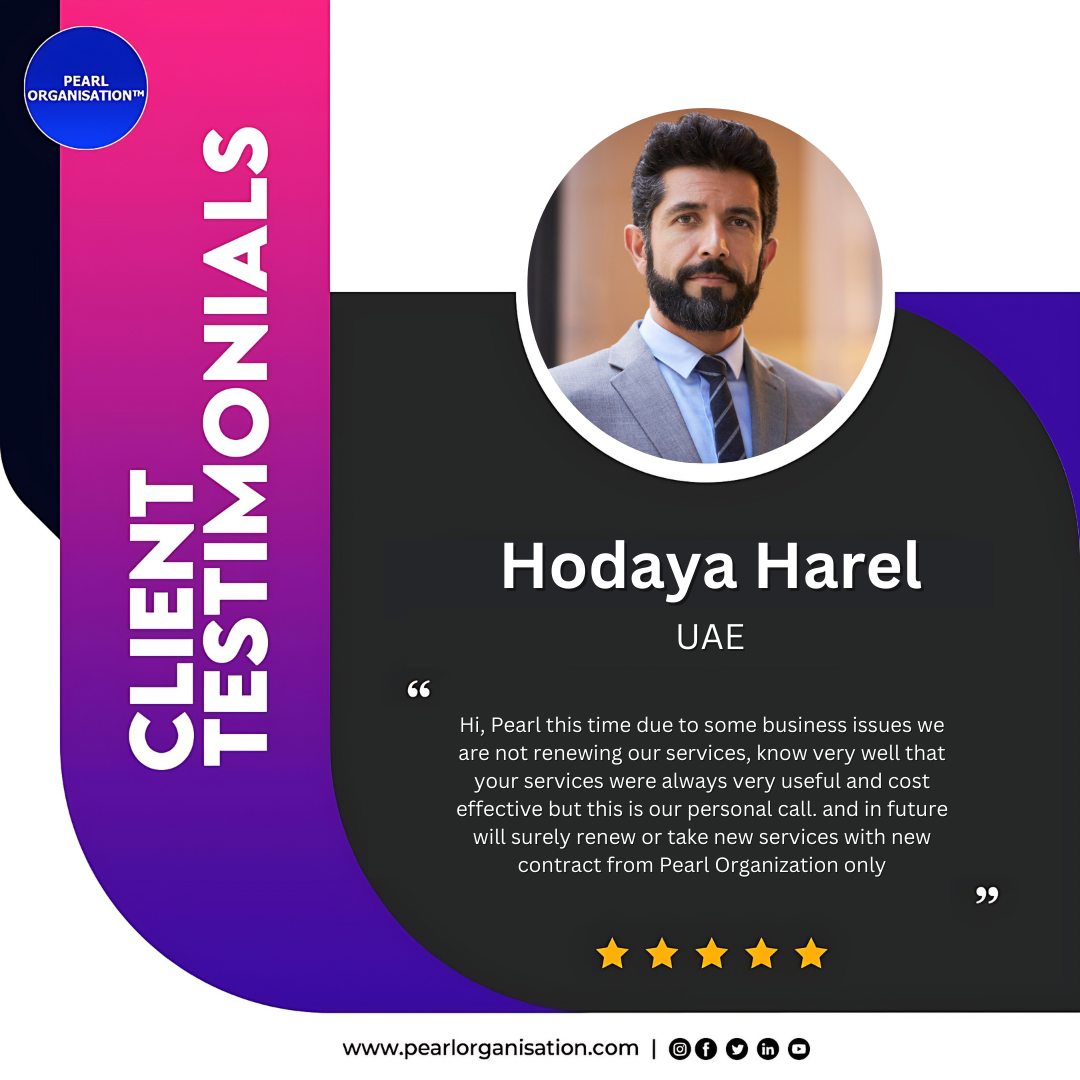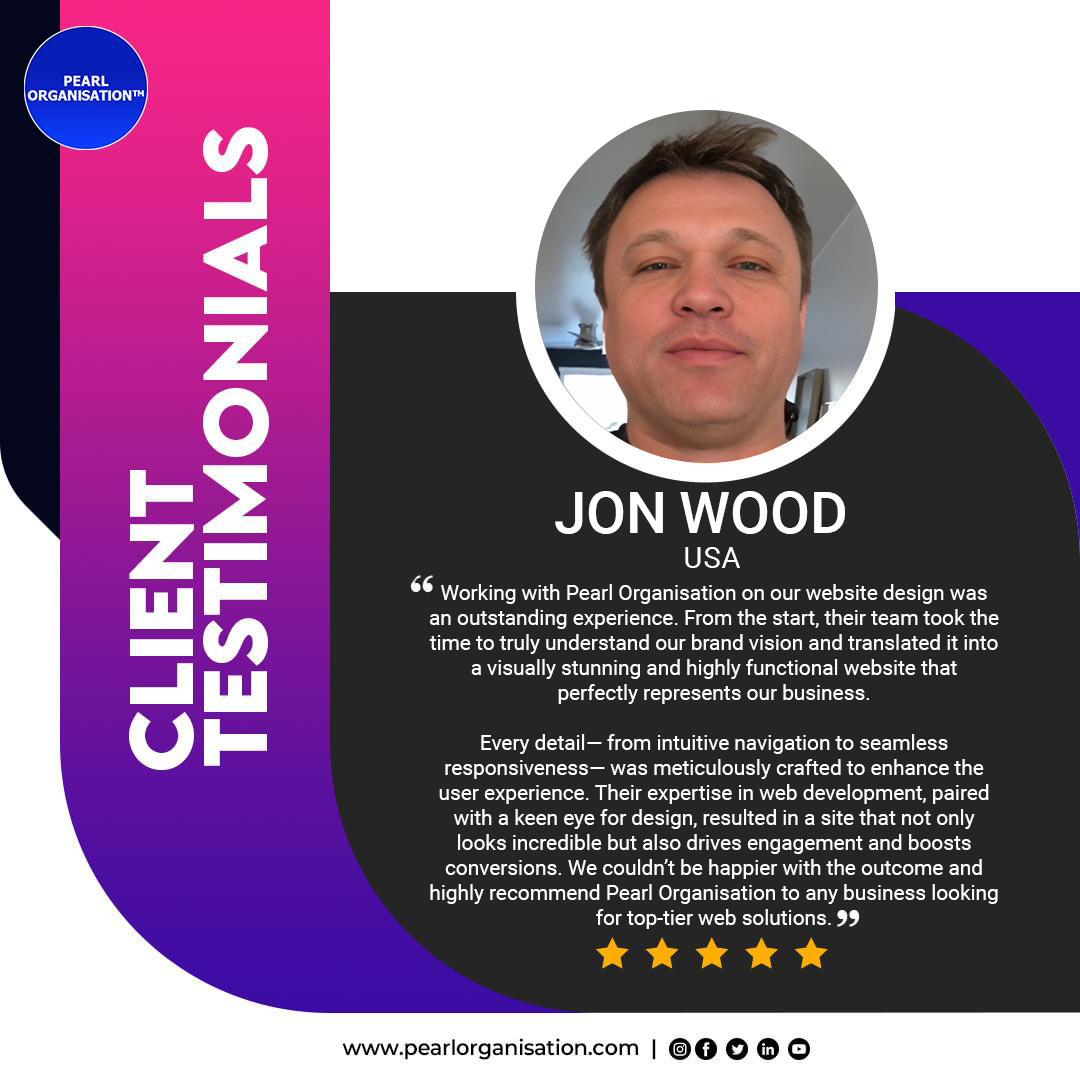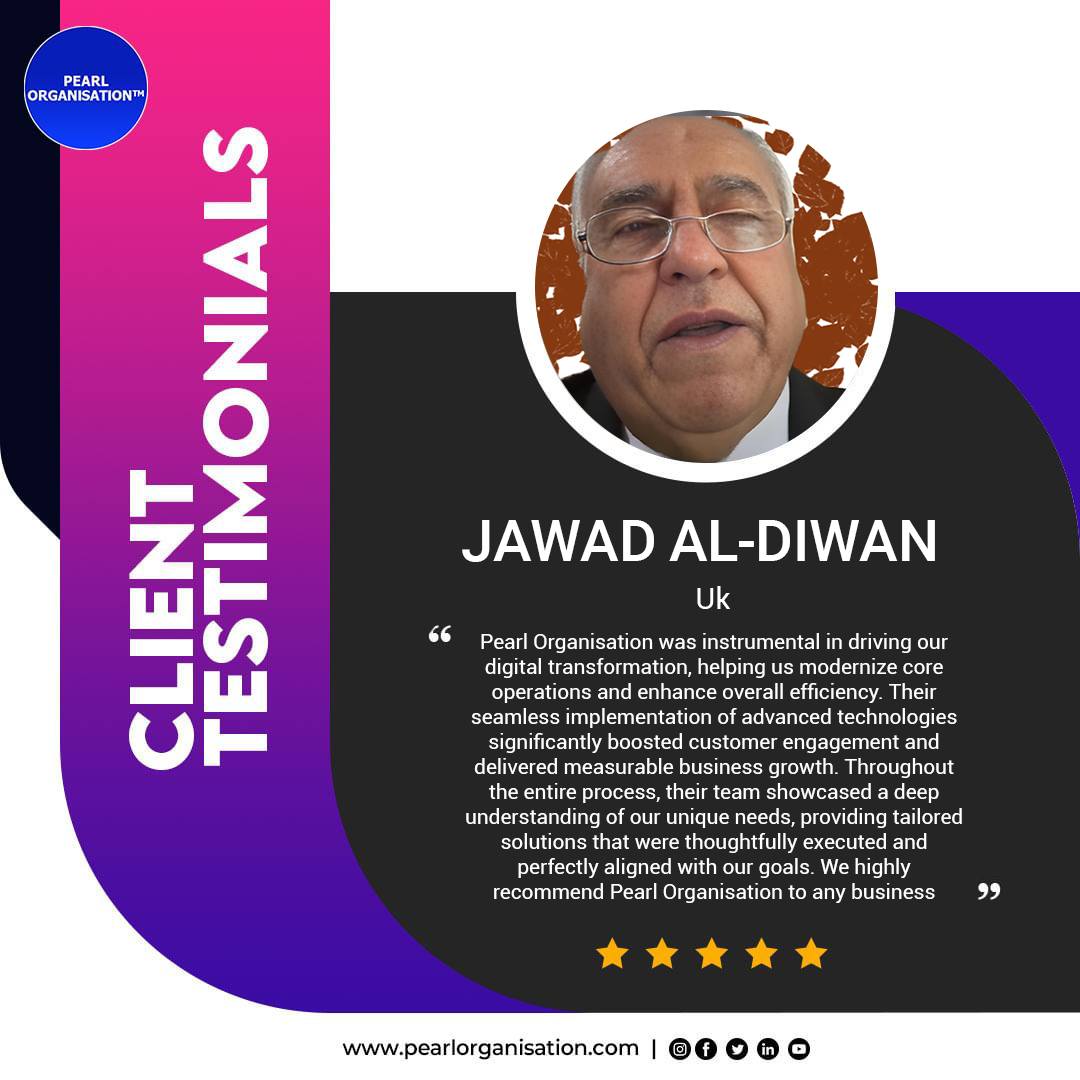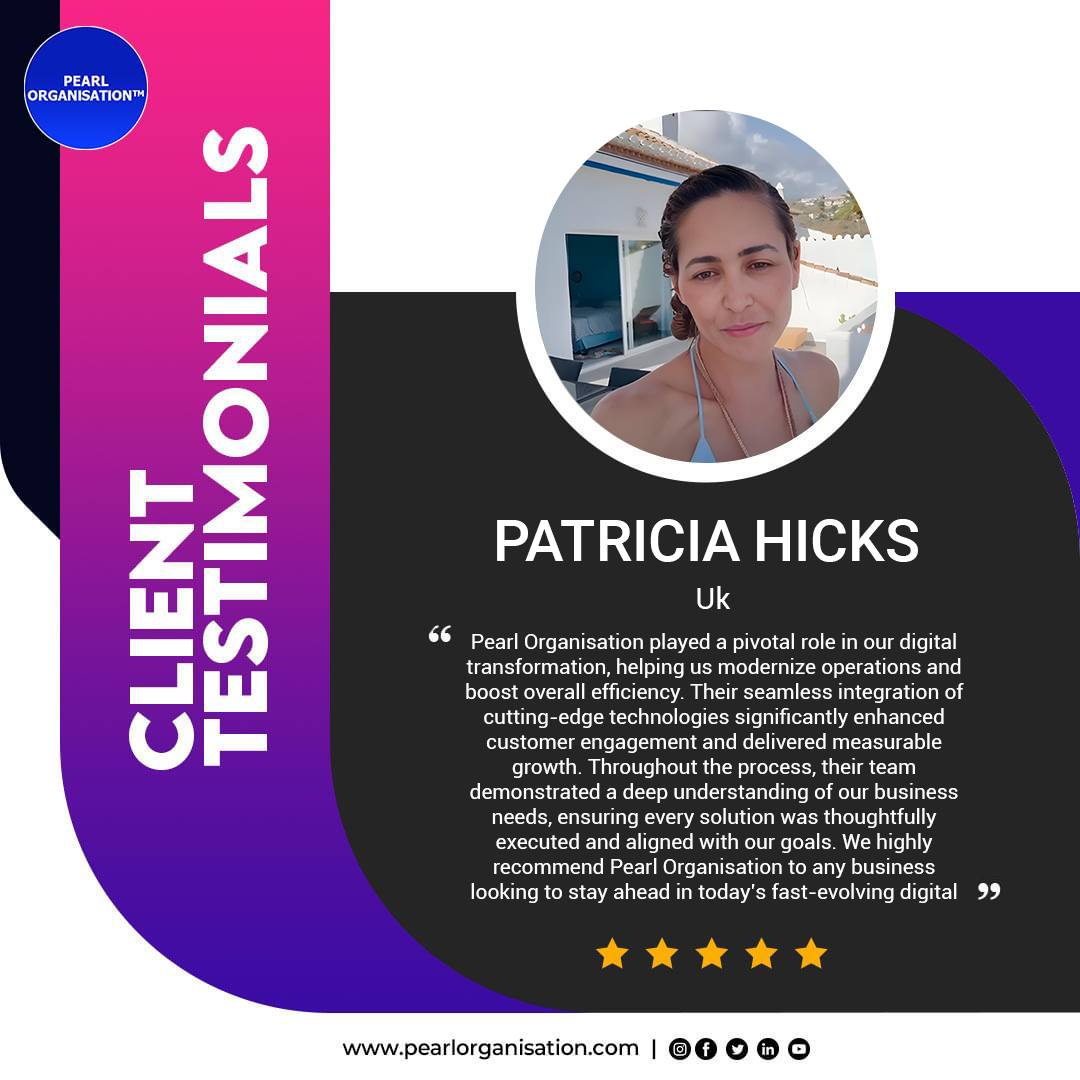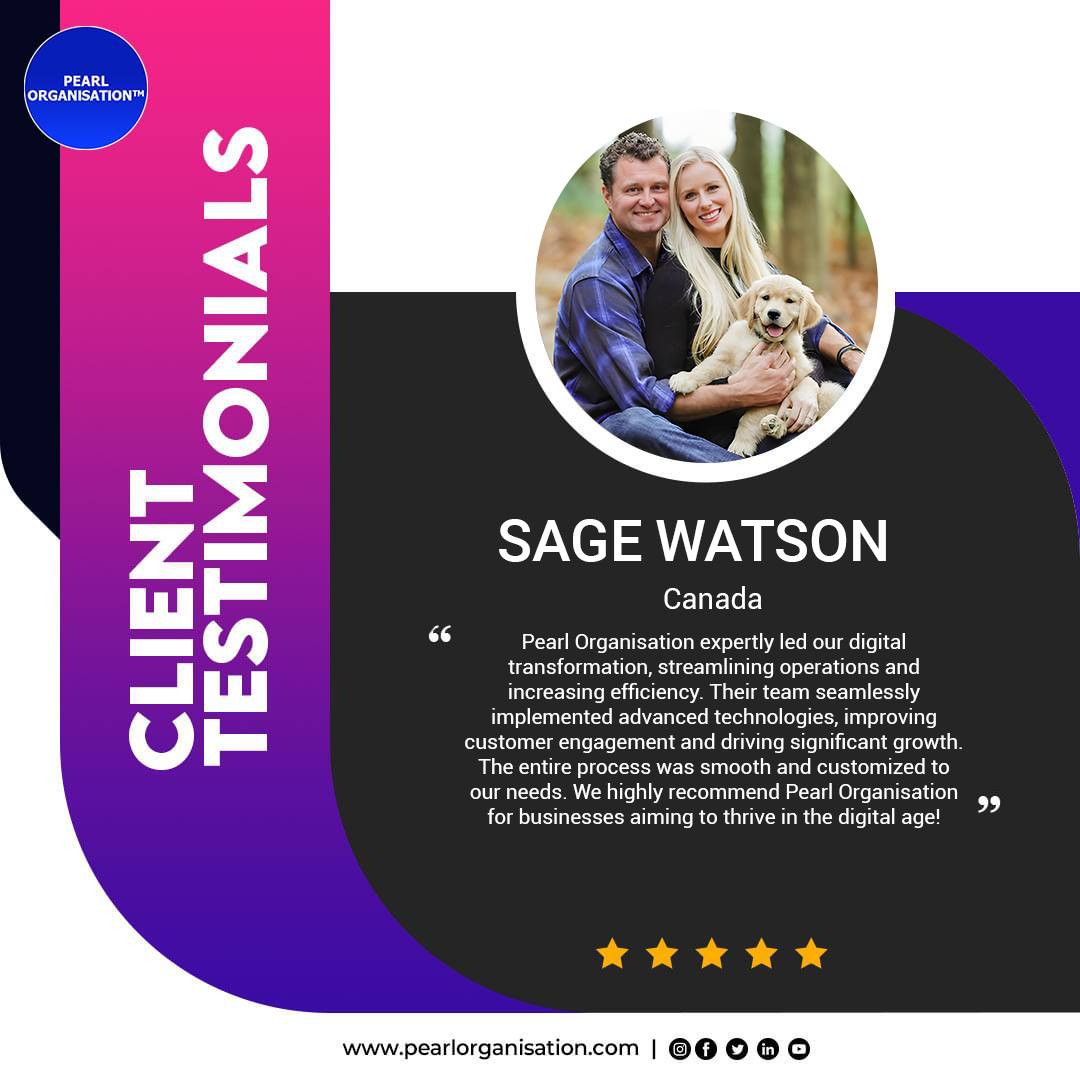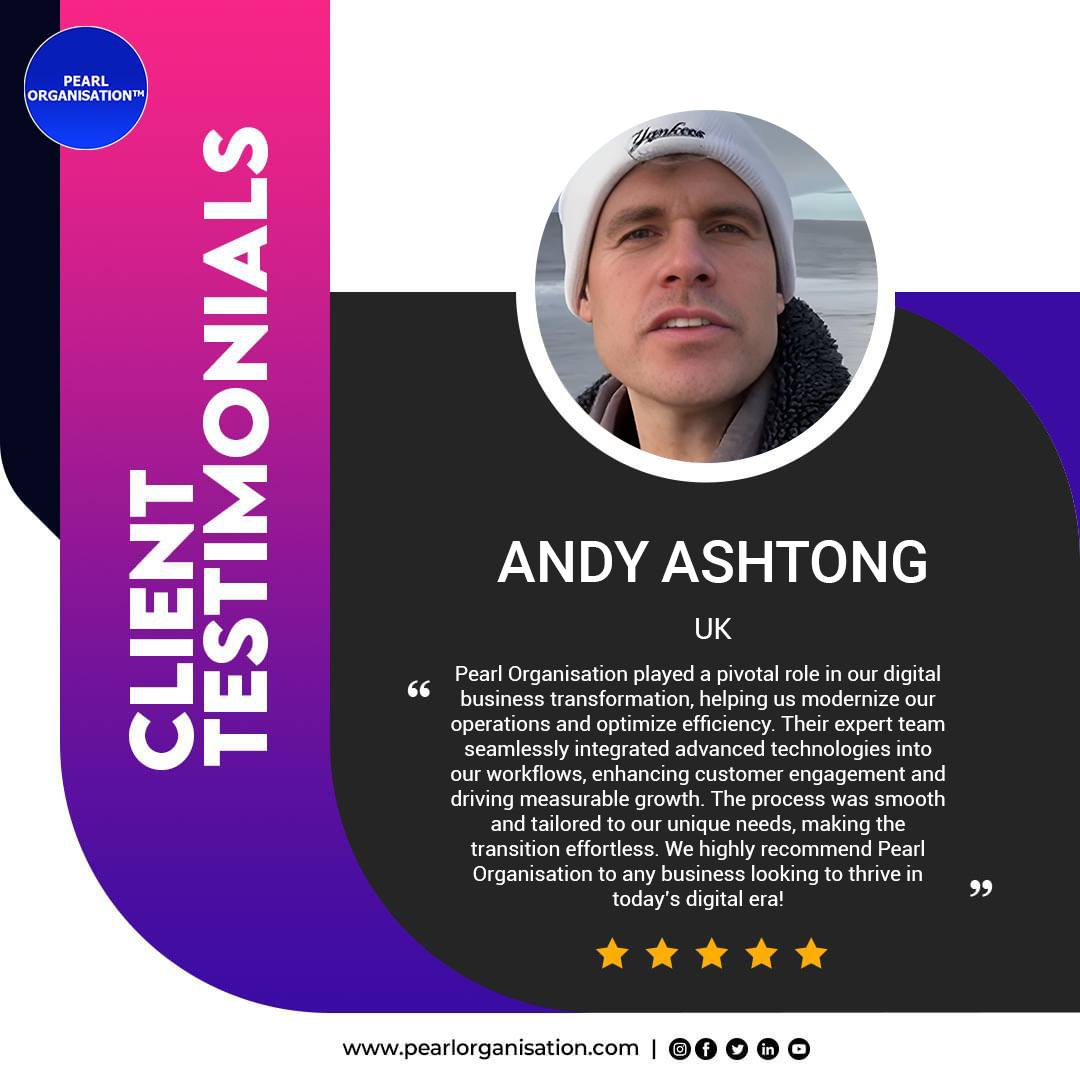Why Mobile-First Development Is Critical for Customer Retention in 2025
- Larrisa
- Jun 28
- 6 min read

📱 Introduction: The Mobile Imperative in 2025
The global digital landscape has undergone a massive shift—mobile is no longer optional; it is foundational. With over 7.5 billion mobile users globally and more than 75% of internet traffic originating from mobile devices, businesses must rethink their digital strategies through a mobile-first lens. In 2025, customers expect fast, intuitive, and device-optimized experiences—or they move on.
At Pearl Organisation, we help enterprises, startups, and consumer brands build mobile-first digital ecosystems that are not just mobile-friendly but mobile-intelligent, delivering performance, personalization, and platform loyalty.
📊 Why Mobile-First Matters More Than Ever
1. Mobile Is the First (and Often Only) Touchpoint
Whether it’s discovering your brand through a Google search, exploring your product on social media, or completing a purchase via your app—mobile is the entry point for most users. Failing to deliver a seamless mobile experience means risking the first impression—and future loyalty.
🚀 Stat: 85% of users say a company’s mobile experience is as important as its desktop website (Google Research, 2024)
2. Mobile Drives Retention Through Instant Value
A well-optimized mobile experience delivers:
These features create habit loops that encourage repeat usage—essential for customer retention.
3. App Abandonment Is High—Unless Designed for Engagement
According to research, 25% of users abandon an app after one use. Reasons include:
Poor onboarding
Slow load times
UI that’s not finger-friendly
Irrelevant notifications
Mobile-first design anticipates and eliminates these friction points through a user-centric, device-aware development strategy.
💡 What Is Mobile-First Development?
Mobile-first development is a design and development methodology where:
Mobile user needs are prioritized first during UI/UX planning
Responsive design is optimized for smaller screens from the outset
APIs, databases, and backend infrastructure are structured for mobile latency and bandwidth
Features like touch gestures, GPS, camera, and biometrics are native to the experience
Instead of treating mobile as a secondary channel, it becomes the core design foundation.
🔍 Common Pitfalls of Non-Mobile-First Systems
Issue | Impact on Retention |
Cluttered UI from desktop layout | Frustrates mobile users |
Long page load times | 53% of users bounce if >3 sec load |
Lack of offline support | High churn in low-connectivity zones |
Inconsistent navigation | Reduces app session duration |
Poor push notification strategy | Drives uninstalls |
🧠 Pearl Organisation’s Mobile-First Development Approach
🔸 1. Human-Centric Design
Micro-interactions for feedback
One-handed navigation logic
Color and font schemes optimized for small screens
Thumb zone UI placement
🔸 2. Progressive Loading and Optimization
Lazy loading of images and scripts
Service workers for offline usage
Server-side rendering for speed
CDN delivery for global performance
🔸 3. Device-Native Feature Integration
Geo-fencing and location-based personalization
Camera-based document scanning or AR try-ons
Voice and biometric logins
Gesture-based navigation and feedback
🔸 4. Retention-Oriented Architecture
Event-driven onboarding journeys
Smart reminders via FCM/OneSignal
Loyalty modules and gamification
Real-time analytics for session improvement
Layer | Technology |
Frontend | React Native, Flutter, Kotlin, Swift |
Backend | Node.js, Laravel, Django |
API Layer | REST, GraphQL, gRPC |
DevOps | Docker, Kubernetes, GitHub Actions |
Analytics | Firebase, Mixpanel, Segment, GA4 |
Security | JWT, OAuth2.0, SSL, App Shielding Tools |
Our apps are built to be scalable, secure, and retention-optimized across Android, iOS, and PWAs.
🌍 Global Use Case: Mobile-First Success with Pearl Organisation
Client: Global e-learning startup (based in Sydney, serving APAC)
Challenge: Poor retention due to non-mobile-friendly LMS
Solution:
Rebuilt entire UI with mobile-first wireframes
Added video caching, offline modules, and WhatsApp login
Integrated push reminders and in-app gamification badges
Result:
56% increase in Day 30 retention
3.8x increase in daily mobile sessions
71% reduction in bounce rate
📈 Customer Retention Outcomes of Mobile-First Design
Retention Metric | Without Mobile-First | With Pearl Org Mobile-First |
Day 1 Retention | 42% | 65%+ |
Session Length | 2.1 mins | 5.6 mins |
Push Notification Engagement | 8% | 32% |
App Uninstall Rate | 28% | <12% |
Repeat Purchase/User | 1.3x | 2.9x |
🔐 Data Privacy & Security in Mobile-First Builds
We ensure every app adheres to:
✅ Why Choose Pearl Organisation?
🔧 100% tailor-made development for business-specific goals
📈 Retention-focused UI/UX engineering
🌐 Support for multilingual, multi-region mobile ecosystems
🛡️ End-to-end testing for performance, security, and UX
🤝 8+ years of trusted delivery across 150+ global clients
🎯 Final Thoughts
2025 is not about going mobile—it’s about going mobile-first.In a world where users decide loyalty within seconds, your mobile app experience must not just function—it must delight, retain, and convert. Pearl Organisation helps you lead this mobile revolution with custom strategies, tech excellence, and measurable retention results.
🔗 Explore Mobile-First App Solutions Now:
💬 Frequently Asked Questions
Q1. What is mobile-first development?
Mobile-first development is a design and coding strategy where websites or applications are first built for mobile devices before scaling up for tablets or desktops. It prioritizes:
The goal is to ensure optimal user experiences on smartphones, where most modern traffic originates.
Q2. Why is mobile-first development critical in 2025?
As of 2025:
Over 75% of global internet users access content primarily via mobile
Google indexes and ranks based on mobile performance (mobile-first indexing)
App abandonment is rising due to poor mobile UX
Retention, performance, and competitive edge all depend on how well your brand performs on mobile devices.
Q3. How does mobile-first design improve customer retention?
Mobile-first design:
Delivers a seamless onboarding experience
Reduces bounce rates with optimized performance
Encourages repeat usage through native features and reminders
Facilitates loyalty programs and personalized notifications
Ensures fast access, even in low-connectivity environments
Customers stay longer and return more often when mobile experiences are intuitive and responsive.
Q4. Is mobile-first the same as responsive design?
No. While responsive design adapts a website to fit various screen sizes, mobile-first begins with the smallest screen (mobile) and designs upward.
Mobile-first ensures:
Responsive design may still prioritize desktop by default, which can compromise mobile usability.
Q5. Which industries benefit the most from mobile-first development?
Virtually all industries benefit, but especially:
Q6. Can a mobile-first approach improve app store rankings?
Yes. App Store Optimization (ASO) is affected by:
App speed and crash rates
Retention and engagement metrics
User ratings and reviews
Mobile-first apps typically provide better performance and usability, which improves reviews, usage, and discoverability on both Android and iOS platforms.
Q7. What technologies does Pearl Organisation use for mobile-first development?
We use:
Our architecture is built for speed, scale, and seamless deployment.
Q8. How long does it take to build a mobile-first app?
It depends on:
App complexity (static vs dynamic vs transactional)
Number of screens and roles (user, admin, vendor, etc.)
Integration needs (payment, maps, biometrics, etc.)
Typical timelines:
MVP: 4–6 weeks
Mid-complexity app: 8–12 weeks
Enterprise-grade app: 3–6 months
Pearl Organisation provides agile sprints and phased rollouts.
Q9. Will my existing app or website need to be rebuilt to go mobile-first?
Not always. Pearl Organisation offers:
Audits of existing systems
Progressive refactoring into mobile-first designs
Hybrid/PWA builds if full rebuild isn’t feasible
Full mobile-first transformation for legacy platforms
We tailor the solution based on your business needs, budget, and timeline.
Q10. How does Pearl Organisation ensure post-launch success for mobile apps?
We support:
We don’t just launch apps—we scale and retain users post-launch.


























